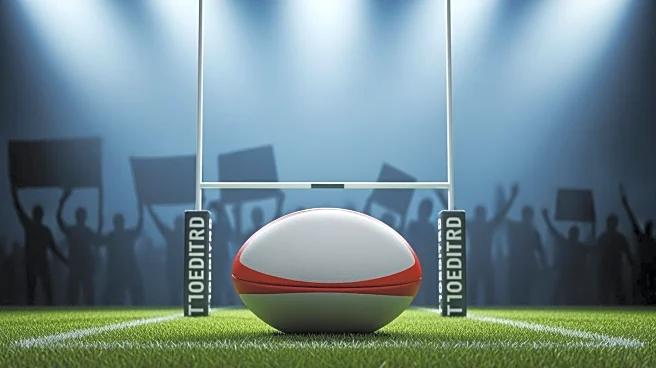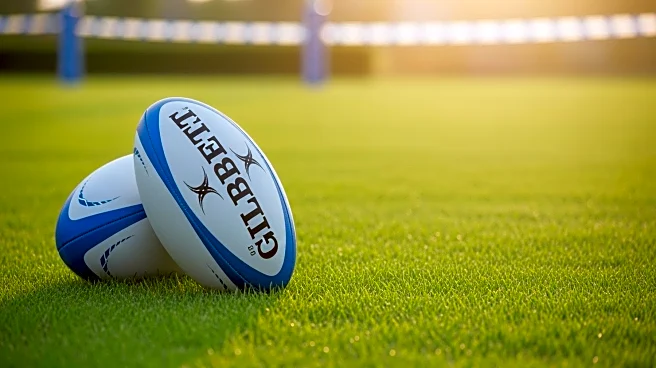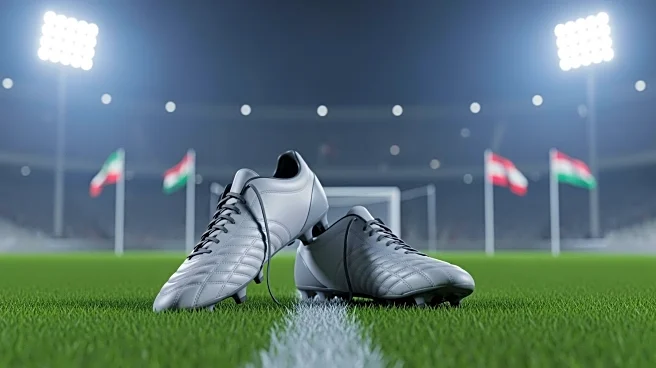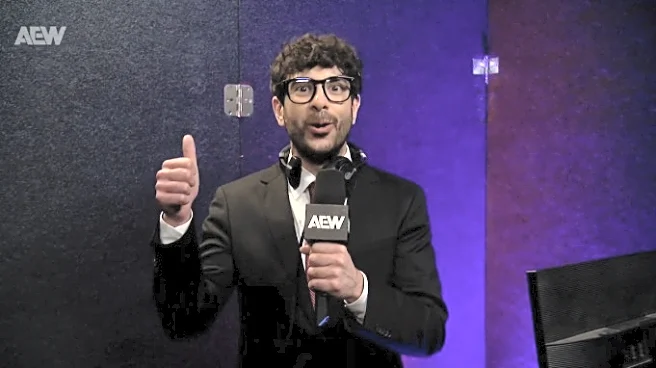What's Happening?
Dozens of rugby fans marched in Newport to protest the Welsh Rugby Union's (WRU) proposal to reduce the number of professional rugby clubs from four to three. The plan suggests maintaining one team each
for Cardiff, west, and east Wales, which has relieved some fans but raised concerns among others. WRU chair Richard Collier-Keywood acknowledged the challenges of merging clubs, particularly the Ospreys and Scarlets, due to their historical rivalry. Despite the proposal, fans of the Dragons and Ospreys expressed apprehension about the future of their clubs, fearing potential mergers or dissolution.
Why It's Important?
The WRU's proposal to consolidate professional rugby teams could significantly impact the sport's landscape in Wales. Reducing the number of clubs may streamline operations and financial management but risks alienating dedicated fan bases and disrupting local rugby traditions. The potential merger of historically successful teams like the Ospreys and Scarlets could lead to a loss of identity and rivalry, affecting community engagement and support. The decision could also influence the competitive dynamics within the United Rugby Championship and affect the development of rugby talent in the region.
What's Next?
The WRU plans to offer licenses for teams to bid, aiming for a consensual solution. Fans and club officials are likely to continue voicing their concerns, seeking clarity on the licensing process and the future structure of professional rugby in Wales. The WRU's approach to central control and oversight will be scrutinized, with stakeholders demanding transparency and involvement in decision-making. The outcome of these discussions could shape the future of Welsh rugby, potentially leading to new alliances or shifts in league participation.
Beyond the Headlines
The proposed changes by the WRU highlight broader issues of governance and financial sustainability in professional sports. The centralization of control raises questions about the balance between financial efficiency and preserving local traditions and rivalries. The situation underscores the challenges sports organizations face in adapting to economic pressures while maintaining fan loyalty and cultural heritage.












